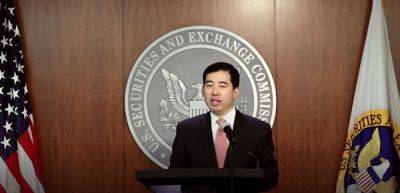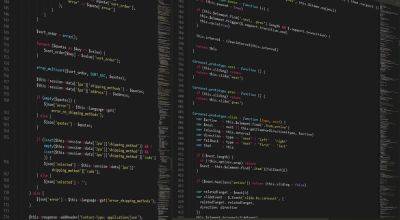Inflation and war impact markets, but Paul Tudor Jones says, ‘I love Bitcoin and gold’
Investing legend Paul Tudor Jones has revealed that he’s bearish on stocks and bullish on gold and Bitcoin (BTC).
The two main reasons he cites are the potential for an escalation of the conflict between Israel and Hamas, and subpar fiscal conditions in the United States. While an inverted yield curve wasn’t included in Tudor’s comments, it’s yet another important factor for investors to consider.
In a recent interview with CNBC, Jones mentioned the factors he’s keeping an eye on with regard to the Israel-Palestine conflict before deciding that market uncertainty has been reduced. His general thesis is that if things escalate further, a risk-off sentiment could prevail in financial markets.
Despite the potential for geopolitical tensions escalating in the near-term, the major U.S. indexes have all posted gains for the first two trading days of this week. If Jones is right, this rally will likely be short-lived.
One of the greatest predictors of recession historically has been the yield curve. Every recession since 1955 has been preceded by an inversion of the curve between the yields of the 2-year and 10-year Treasury Bonds.
In July, the 2s/10s yield curve for US Treasuries hit a low of 109.5 basis points (BPS). This level had not been seen since 1981. While this inversion has since steepened, things still look bad from the perspective of shorter duration Treasuries.
The 1-month and 3-month US T-bills are currently yielding close to 5.5%, while the 2-year note is yielding close to 4.96%. The 10-year is yielding 4.65%, meaning the 2s/10s curve is inverted by 31 BPS.
A flatter yield curve compresses margins for banks because it limits their ability to borrow cash at lower rates while lending at higher rates, which can lead to
Read more on cointelegraph.com






















